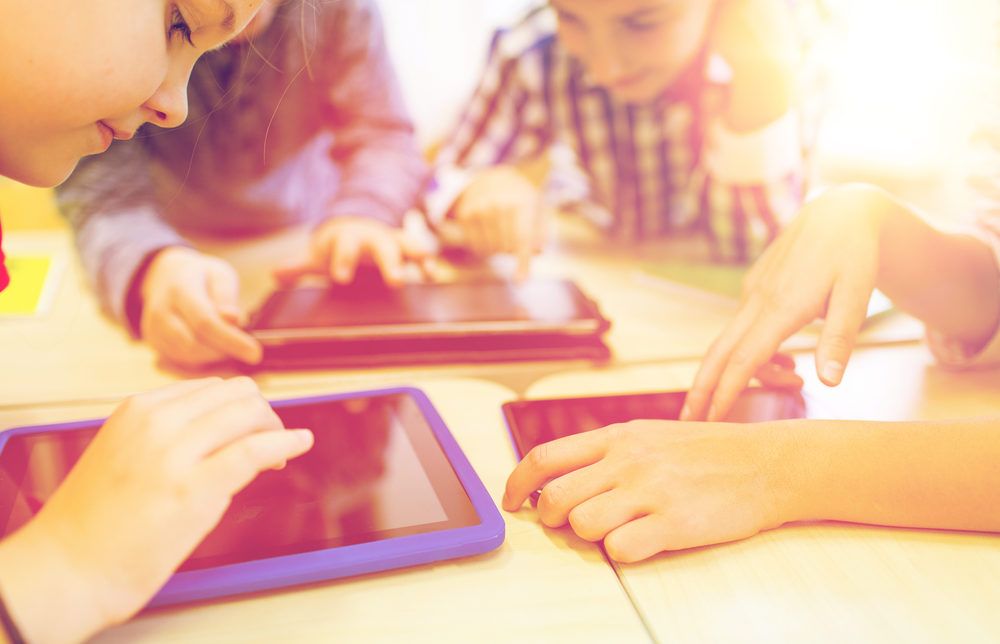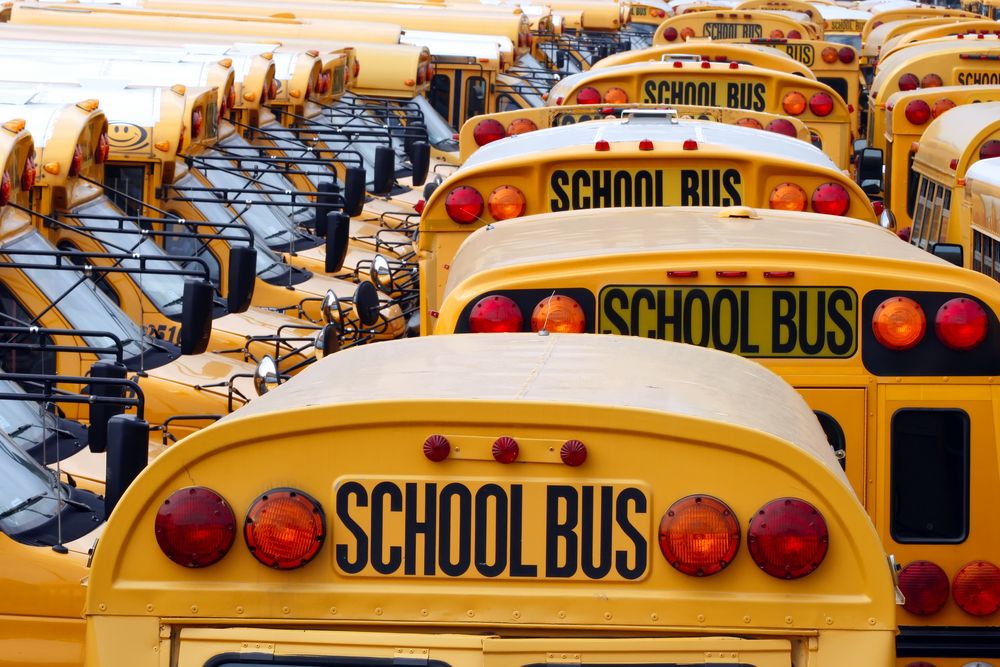How to Maximize Your E-Rate Funding
E-rate regulations have changed to make the Category Two E-rate budget system a permanent fixture of the E-rate program. For nearly 20 years, the...
As school districts prepare to return to classrooms this fall, it’s a good time to examine what we’ve learned during the pandemic and how to apply those lessons going forward.
School districts have faced a myriad of obstacles since the COVID-19 pandemic first caused shutdowns across the country. Data from UNESCO shows that nationwide school closures affected more than 91% of the global student population — nearly 1.6 billion students in total. These sudden closures left districts scrambling to find quick solutions to help their students learn remotely.
There’s no denying that this year has been challenging to say the least, but it has also been an opportunity to learn. Now, as districts begin looking toward a future where students can return to the classroom, many are finding ways to integrate remote learning tools and processes into their post-pandemic routine.
One district that is making important strides in preparing for the future of K-12 IT is the Octorara Area School District in Pennsylvania. Led by education technology trailblazer Rob Czetli, the district has set its sights on making many of the changes implemented during the pandemic a permanent fixture of the curriculum.
“We want to continue with the technology we purchased,” says Czetli, who has served as Octorara’s Director of Technology for the past 25 years. “A lot of it was thrown in temporarily and set up quickly, but we want to take the time over the summer and in the coming school year to set it up more permanently so that we have it in place if we need it.”
Here’s how the Octorara Area School District is continuing to invest in adaptable technology solutions for the post-pandemic world, and what other districts can learn from its approach.
One of the major concerns that school districts have faced since shifting to online instruction is the new cybersecurity challenges that come with remote learning. In particular, hackers have exploited a variety of vulnerabilities throughout the pandemic. In addition to growing phishing and malware attacks, remote learning has also been linked to an increase in child identity theft.
School districts have suddenly had to protect the cybersecurity of students using devices outside of their schools’ built-in firewalls and web filtering systems. For Czetli and his team at Octorara, this meant investing in a new solution called Securly — which offers cloud-based web filtering and parental controls — at the start of the pandemic. This tool prevents students from accessing potentially risky websites from their school devices. When combined with their existing Palo Alto Firewalls, Securly enables Octorara to protect students remotely — something that is extremely valuable for a district that values its 1:1 device initiatives and was sending devices home with students even before the COVID-19 pandemic began.
While school districts have long understood the importance of cybersecurity, the pandemic has demonstrated how easy it can be for bad actors to get through existing protective measures. One of the biggest lessons for districts around the country is the importance of investing in quality cybersecurity solutions that will protect students both on and off campus.
The last year has shown that many of the quick fixes put in place for remote learning may prove very useful moving forward. Investments like transitioning to the cloud, installing better cameras, broadening network connectivity, and strengthening cybersecurity are likely to have a major positive impact on K-12 IT.
“We may want to be remote when we can in the future,” says Czetli. “We’re going to have better bandwidth than we’ve ever had before.”
For Octorara, one of the biggest tech investments that they intend to keep is additional hotspots for students who lack Internet access at home. While the school previously had only a few hotspots on hand, the pandemic alerted district leaders to the fact that around 200 students lacked Internet access at home. Given that district schools will continue sending devices home with students as part of their 1:1 initiative even once they return to in-person learning — in addition to potentially embracing remote learning under specific circumstances — they intend to continue offering hotspots to students who need them.
For the Octorara area school district, there’s one pandemic decision that stands out: working with Turn-Key Technologies Inc., (TTI). In the past, Czelti went through vendors at least once every two years (or sometimes more). Since partnering with TTI, however, he has felt no desire to change.
Not only does TTI deliver consistent, quality service to Octorara, TTI has also connected the district to the quality devices and services they’ve come to rely on, including their HP Aruba equipment, their Palo Alto firewall, their HP servers, and more.
Czetli explains the value of TTI, saying, “It’s really the first time in my 25 years working here that I was able to get everything I wanted and have it designed the way I wanted it. TTI has been extremely consistent and has provided us with what we’ve needed at a fair price. And the work has always been impeccable.”
As the Octorara district looks to prepare schools for the return to classrooms, TTI will be right by their side each step of the way. To learn how TTI can do the same for your district, contact us today.

E-rate regulations have changed to make the Category Two E-rate budget system a permanent fixture of the E-rate program. For nearly 20 years, the...

Catalytic converter thefts are on the rise, but smart cameras can help keep your buses secure.

PEPPM makes purchasing new technology a breeze for public agencies. And TTI’s new exclusive CSIU award is making it even easier to become our...